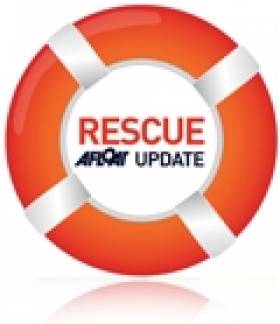Displaying items by tag: SeaVue
Merchant Navy Association Boat Club Launches 'Eyes that can save Lives' Watchkeepers Scheme
#rescue – The Merchant Navy Association Boat Club launches its new "SeaVue" Watchkeepers Afloat Scheme "Eyes that can save Lives"
The SeaVue Watchkeeper Afloat Scheme is modelled on similar lines to the National Coastwatch Institution's "Eyes along the Coast" watchkeeping service operating from the NCI's fifty shore-based look-outs around the coast of England and Wales.
The "SeaVue" Scheme has its origins in the old Auxiliary Coastguard Afloat Scheme that operated in the days before HM Coastguard VHF marine radio communications were as sophisticated, extensive and reliable as they are today, and of course the scheme derives a huge benefit from the vast reservoir of skills, knowledge and experience at sea accumulated by our MNA members, all of whom have a professional maritime background either in the Merchant Navy, Royal Navy, RNLI, HM Coastguard, NCI, or the fishing fleet.
Essentially SeaVue is a scheme whereby members of the Merchant Navy Association Boat Club watchkeepers undertake to act as "watchkeepers afloat" whenever they go out in their boats and "Spot, Plot and Report" incidents, potential casualty situations or persons at risk to HM Coastguard or the relevant inland waterways authority.
Among those members who've registered to participate in the Seavue Service are several who operate on inland waterways and even a few who keep their boats abroad and will therefore report to the relevant SAR authorities in that locality.
More about the SeaVue Scheme, and photos of some of our members boats, can be found on the Members Area of the Merchant Navy Association Boat Club's dedicated new website www.seafarersafloat.com by clicking on the SeaVue button.





























































